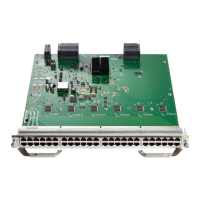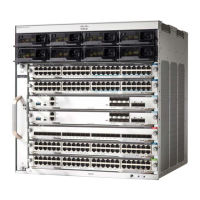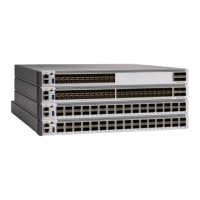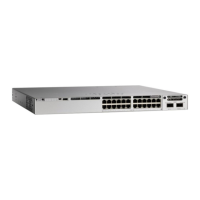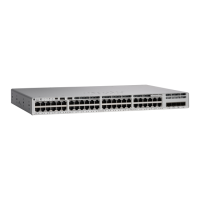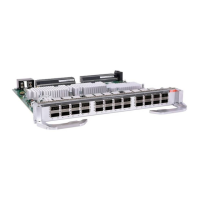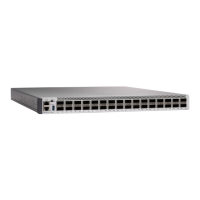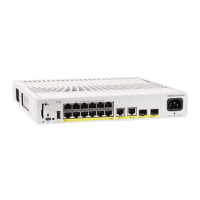CHAPTER 16
Working with the Flash File System
• Information About the Flash File System, on page 365
• Displaying Available File Systems, on page 365
• Setting the Default File System, on page 368
• Displaying Information About Files on a File System, on page 368
• Changing Directories and Displaying the Working Directory , on page 370
• Creating Directories , on page 370
• Copying Files, on page 371
• Creating, Displaying and Extracting Files , on page 372
• Additional References for Flash File System, on page 374
• Feature History for Flash File System, on page 374
Information About the Flash File System
The flash file system is a single flash device on which you can store files. It also provides several commands
to help you manage software bundles and configuration files. The default flash file system on the device is
named flash:.
As viewed from the active device, flash: refers to the local flash device, which is the device attached to the
same device on which the file system is being viewed. In a device stack, each of the flash devices from the
various stack members can be viewed from the active device. The names of these flash file systems include
the corresponding device member numbers. For example, flash-3:, as viewed from the active device, refers
to the same file system as does flash: on stack member 3. Use the showf ilesystems privileged EXEC command
to list all file systems, including the flash file systems in the device stack.
Only one user at a time can manage the software bundles and configuration files for a device stack.
Displaying Available File Systems
To display the available file systems on your device, use the show file systems privileged EXEC command
as shown in this example for a standalone device:
Device# show file systems
File Systems:
Size(b) Free(b) Type Flags Prefixes
- - opaque rw system:
System Management Configuration Guide, Cisco IOS XE Bengaluru 17.4.x (Catalyst 9400 Switches)
365
